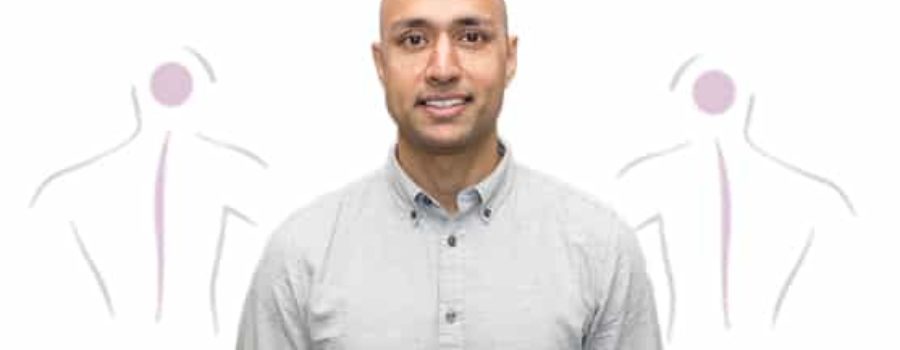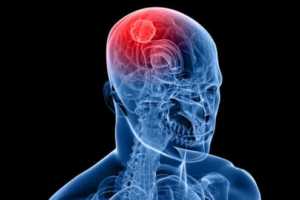It’s been just nearly two months since I started work at the Birkdale Neuro Rehabilitation Centre and the time has just flown by. I would like to thank the team, management and clients for providing me with such a warm welcome.
When I was asked to contribute to the website blog a couple of weeks ago I knew exactly what I wanted to write about in my first blog entry- the continued development of my knowledge and skills as a neuro physiotherapist. As a profession, we are nurtured to be reflective about our practice in order develop and hone our clinical skills. Reflection in-practice and on-practice guides us though a meta-cognitive process to combine evidence-based practice and pattern recognition with the aim of delivering the highest level of care. Since joining Birkdale neuro rehabilitation I have certainly reflected on my practice to date and the future direction of my professional development. The main reason stemming from the unique way in which neuro physiotherapy treatment focuses on all the sub-systems that influence the final movement such as, the visual system, sensory perceptual system, cognition (attention and memory).
Through this blog I intend to share some of my reflective thoughts and develop them through continued reflection. I also intend to share with you the literature searches that proceed those reflections on-practice and ultimately the practical experiences that help conceive and test those reflective thoughts.
The systems model of movement originally conceived by Nicolai Bernstein over 115 years ago has since been developed through research by a host of authors including Shumway-Cook & Woollacott (2012). Appreciation of how the central and peripheral nervous systems and mechanical qualities of soft tissue body segments influence movement is by no means an easy task. The systems approach at first glance appears to be an all-inclusive model in that we are asked to acknowledge the numerous intrinsic and extrinsic factors acting on the individual. In addition to the individual factors influencing movement, Shumway-Cook & Woollacott (2012) also state the task and environmental factors that influence movement in what I consider a truly holistic appreciation the factors influencing movement. The systems approach to the assessment and treatment of people with neurological related movement difficulties can be applied to the full array of neurological conditions such as stroke, multiple sclerosis, parkinson’s disease, transverse myelitis, cerebral palsy to name just some of them.
As the systems model is inclusive of numerous body systems such as, visual, vestibular, proprioceptive, perceptual, cognitive and of course musculo-skeletal it seems justified that neuro physiotherapists should seek to influence them through their treatment and management strategies. In order to successfully achieve this the following steps appear necessary:
- Understanding the physiology of each system and their contributions to movement
- Understanding the inter-relations between each system and the central nervous system
- Development and refinement of an assessment process which is sensitive to each sensory system
- Hypothesis generation to state which systems are influencing the movement being observe
- Treatment application to either selectively target the deviant system(s) in a restorative approach or compensatory strategies to accommodate for impaired systems
In these modern times, where musculo-skeletal physiotherapists are expanding their clinical repertoire into traditional areas of medicine to include requesting diagnostic investigations and providing injection therapy and selective drug prescribing I feel neuro physiotherapists need to seize the opportunity to expand their knowledge and skills into other specialist areas such as vision, perception and cognition. By doing so, there is potential to specifically target impairments that impact on movement by providing greater specificity to treatment application. This is particularly important when determining the rehabilitation potential of an individual either at the start of a course of treatment or critically during a course of treatment when deciding if an individual has reached their potential. I would now question on what basis this decision was made. In a very simplistic example-was the implementation of an exercise programme to improve strength and balance in a stroke patient adequate enough? Would the improvement seen though the various battery of outcome measures be further improved by a more systems model approach to treatment? If so, what assessments and therefore treatments could be used to further enhance the level of care provided?
My intention is to use the all-inclusive systems model to provide greater specificity in the assessment and treatment of those under my care- please excuse the oxymoron. Through habit I like to use a top down, systematic approach in my assessments and so my next blog will focus on how vision influences movement and how it could be optimise though physical interventions.




